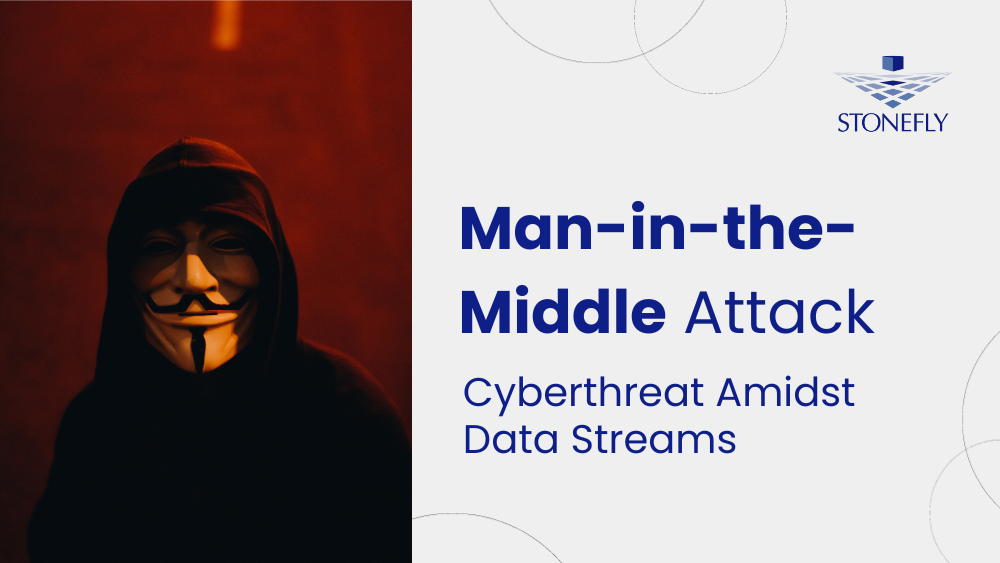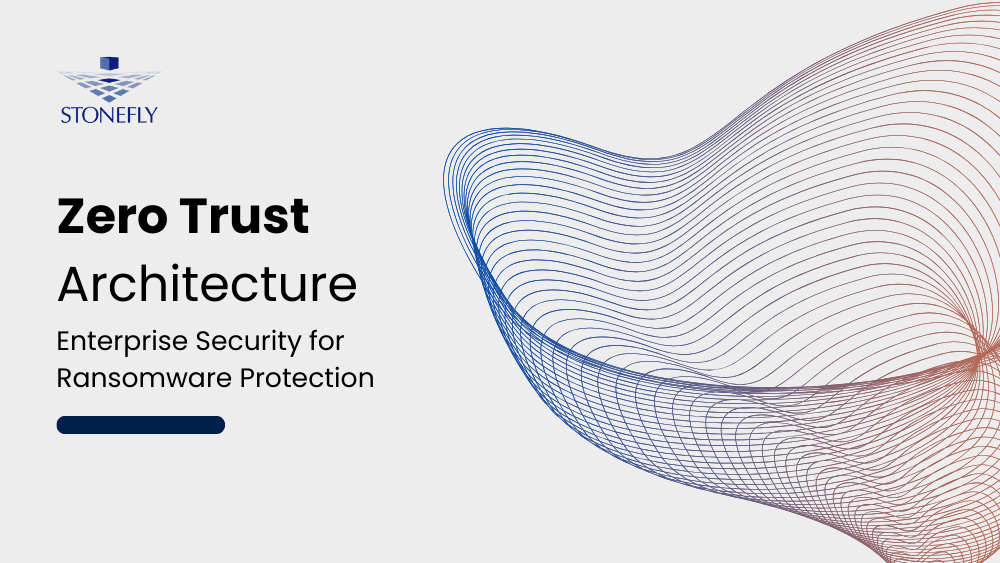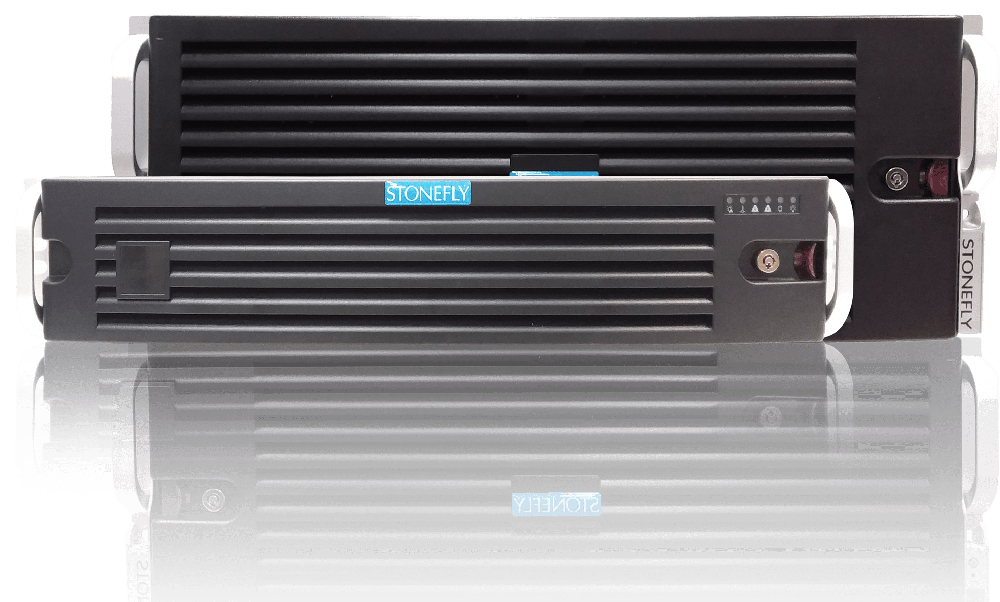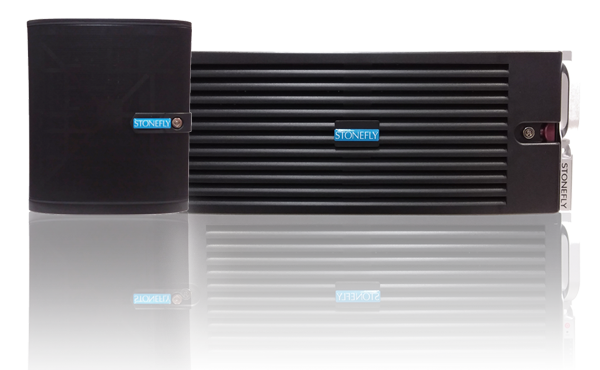In the fast-paced arena of enterprise-level digital operations, the looming threat of cyber vulnerabilities demands our undivided attention. Among these threats, the Man-in-the-Middle (MitM) attack emerges as a silent, yet formidable, adversary capable of infiltrating our secure communication channels. As organizations navigate the intricate web of interconnected systems, the understanding of MitM attacks becomes paramount for safeguarding sensitive data, proprietary information, and maintaining the trust of clients and stakeholders.
In this blog, we explore the nuanced landscape of Man-in-the-Middle attacks within the enterprise domain, unravelling the sophisticated techniques employed by cyber adversaries and arming enterprises with the knowledge necessary to fortify their defences against this stealthy menace.
What is a Man-in-the-Middle (MitM) Attack?
A Man-in-the-Middle attack is like someone secretly reading or changing the messages as you pass notes to a friend. In the digital world of cybersecurity, it’s when a sneaky third party gets between your computer and a website, quietly peeking at or altering your sensitive information like passwords or private messages without you knowing.
This malevolent intermediary positions itself between the sender and receiver, gaining unauthorized access to sensitive data, such as login credentials, financial information, or confidential communications.
The deceptive nature of MitM attacks makes them particularly insidious, as victims are often unaware of the intrusion, allowing the attacker to silently eavesdrop or manipulate the data being transmitted.
How Man-in-the-Middle (MitM) Attacks Work
A Man-in-the-Middle (MitM) attack is akin to an unseen intruder infiltrating your online conversations. In this digital breach, an unauthorized third party clandestinely positions itself between you and your intended recipient, gaining surreptitious access to your sensitive information without your knowledge.
Common Techniques Used in Man-in-the-Middle Attacks
- Packet Sniffing: Intercepting data in transit, the attacker captures information, such as passwords, by eavesdropping on the communication between your device and the internet.
- Session Hijacking: Seizing control of your ongoing interaction with a website, the attacker gains unauthorized access to your accounts, similar to someone stealing your seat at an event.
- DNS Spoofing: Manipulating your device’s internet address book, the attacker redirects you to fake websites, leading you astray like receiving intentional wrong directions.
- SSL Stripping: Downgrading a secure connection to an insecure one, the attacker facilitates eavesdropping on your data, transforming a protected conversation into a vulnerable one.
Man-in-the-Middle (MitM) Attacks in 2023
- The “Ultimate” MitM Attack – Stealing $1 Million (June 2023): Hackers orchestrated a man-in-the-middle attack, spoofing emails and communications, to intercept a wire transfer from a Chinese VC firm to an Israeli startup. They stole $1 million and even cancelled a business meeting using MitM tactics. (Sources: Threatpost, Check Point Research)
- Uber Hack – Manipulating GPS Data (February 2023): Attackers exploited a vulnerability to intercept and manipulate drivers’ GPS data in the Uber app. This allowed them to control driver location and potentially disrupt operations. (Sources: The Daily Swig, TechCrunch)
- Apache Pulsar Vulnerability – Enabling MitM Attacks (March 2023): A flaw in the Apache Pulsar messaging system created a window for attackers to intercept and modify data flowing through the system, potentially exposing sensitive information. (Source: The Daily Swig)
- New BLUFFS Attack (November 2023): Researchers discovered a novel MitM attack called “BLUFFS” that can hijack Bluetooth connections, allowing attackers to intercept data or inject commands into wireless devices. (Source: Bleeping Computer)
- Yik Yak GPS Location Leak (April 2023): A MitM vulnerability in the Yik Yak anonymous location-based app exposed users’ GPS coordinates to attackers. This could potentially be used for stalking or targeted attacks. (Source: The Daily Swig)
Targets of Man-in-the-Middle Attacks
Employees within Enterprises:
Within the intricate network of enterprise-level operations, individual employees emerge as primary targets for Man-in-the-Middle (MitM) attacks. Whether accessing corporate networks, exchanging sensitive data, or participating in online collaborations, employees become susceptible to the covert activities of attackers seeking to intercept valuable information. The repercussions of a successful MitM attack on employees can extend to unauthorized access to corporate accounts, compromise of proprietary information, and potential breaches of corporate security protocols.
Businesses and Corporate Entities:
In the corporate arena, businesses stand as prime targets for MitM attacks due to the extensive volume of valuable data they manage. Cyber adversaries may exploit vulnerabilities in communication channels, compromising confidential business transactions, trade secrets, or intellectual property. The consequences encompass not only financial losses but also reputational damage, erosion of stakeholder trust, and potential legal consequences. As guardians of sensitive corporate information, businesses must reinforce their defenses against MitM attacks to secure their operations and maintain the trust of stakeholders.
Government and Institutional Organizations:
Government and institutional organizations, entrusted with securing critical information and communications, become high-priority targets for MitM attacks. The ramifications of successful intrusions into government networks can be severe, potentially compromising national security, intelligence, and critical infrastructure. MitM attacks on these entities pose a substantial threat to public trust, necessitating robust cybersecurity measures and continuous vigilance to thwart potential breaches.
Consequences of Successful Attacks:
In the wake of a successful Man-in-the-Middle (MitM) attack within an enterprise environment, the repercussions are multi-faceted and potentially devastating. This list outlines specific consequences that underscore the urgency of proactive cybersecurity measures:
- Financial Losses: The compromise of sensitive financial information poses a direct threat, leading to substantial financial losses for the enterprise. Unauthorized access to banking details, fund transfers, or fraudulent transactions can result in significant monetary damages.
- Intellectual Property Theft: MitM attacks may target proprietary information, trade secrets, and intellectual property unique to the organization. The aftermath could involve the theft of critical assets, undermining the enterprise’s competitive edge and innovation.
- Unauthorized Access to Corporate Accounts: Successful MitM attacks grant attackers unauthorized access to corporate accounts, potentially leading to unauthorized modifications, data breaches, or manipulation of critical systems within the organization.
- Reputational Harm: The compromise of sensitive data and subsequent breaches tarnishes the enterprise’s reputation. Reputational harm can result in a loss of trust from clients, partners, and stakeholders, impacting long-term business relationships.
- Loss of Customer Confidence: Customers place a high value on the security of their data. A successful MitM attack erodes customer confidence, leading to decreased trust and potentially prompting customers to seek more secure alternatives.
- Legal Repercussions: MitM attacks may expose organizations to legal consequences, especially if the compromised data includes personally identifiable information (PII) or sensitive corporate information. Non-compliance with data protection regulations can result in legal actions and financial penalties.
- National Security Threats (Governmental Sectors): In governmental sectors, the stakes are elevated, as successful MitM attacks can pose severe threats to national security. The compromise of classified information, critical infrastructure, or communication channels can have far-reaching implications.
- Jeopardizing Public Trust (Governmental Sectors): Government organizations, entrusted with safeguarding public interests, face the additional risk of jeopardizing public trust. Successful MitM attacks undermine citizens’ confidence in governmental institutions, eroding the foundation of a secure and transparent society.
The far-reaching consequences of MitM attacks underscore the critical imperative for a unified and proactive cybersecurity stance across employees, businesses, and government organizations.
Mitigation and Prevention of Man-in-the-Middle (MitM) Attacks
In the dynamic landscape of enterprise cybersecurity, an effective defense against Man-in-the-Middle (MitM) attacks is paramount. This section outlines strategies and robust measures tailored for enterprise-level organizations, incorporating additional security for data integrity:
- Encryption and SSL/TLS: Implement robust encryption protocols, such as SSL/TLS, to secure data in transit. This ensures that information exchanged between systems remains confidential and resistant to interception. Regularly update and patch encryption protocols to stay ahead of evolving cyber threats.
- Multi-Factor Authentication (MFA): Strengthen access controls by deploying multi-factor authentication across enterprise systems. This additional layer of security fortifies user authentication processes, making it significantly more challenging for attackers to gain unauthorized access, even if login credentials are compromised.
- Secure Network Connections: Ensure that enterprise networks within the enterprise are secured using WPA3 encryption and strong, unique passwords. Avoid open networks and encourage the use of virtual private networks (VPNs) when accessing corporate resources remotely. Regularly audit and monitor network activity to detect and respond to potential threats.
- Regular Software Updates: Enforce a robust patch management strategy, ensuring that all software, operating systems, and applications are regularly updated. Promptly apply security patches and updates to address known vulnerabilities, reducing the risk of exploitation by attackers seeking to capitalize on outdated software.
- Security Awareness Training: Cultivate a culture of cybersecurity awareness among employees through comprehensive training programs. Equip staff with the knowledge to identify phishing attempts, recognize suspicious activities, and understand the implications of MitM attacks. Regularly conduct simulated phishing exercises to reinforce vigilance and responsiveness.
Additional Safeguards:
- Air-Gapped Backups: Implement air-gapped backups as an extra layer of defense against data compromise. Keep a physically isolated copy of critical data to ensure its integrity, making it resilient against cyber threats that may attempt to manipulate or encrypt sensitive information.
- Immutable Backups: Integrate immutable backups into your data protection strategy. Immutable backups are resistant to unauthorized alterations, providing an added layer of security against ransomware and ensuring that critical data remains intact and unmodifiable even in the face of a successful MitM attack.
In implementing these comprehensive mitigation and prevention measures, enterprise-level organizations can significantly enhance their resilience against the sophisticated tactics employed by MitM attackers.
How to Identify Man-in-the-Middle Attacks
As a vigilant system administrator, your ability to discern potential Man-in-the-Middle (MitM) attacks is pivotal in upholding the security of your enterprise’s digital ecosystem.
Unusual Network Behavior:
- Continuous Monitoring: Regularly utilize network monitoring tools to keep a vigilant eye on the organization’s network.
- Baseline Establishment: Establish a baseline for normal network behavior, considering factors like data traffic volume, typical access patterns, and communication protocols.
- Intrusion Detection Systems (IDS): Deploy and configure IDS tools to automatically detect and alert on any abnormal network activities in real-time.
SSL Certificate Warnings:
- Regular Certificate Audits: Conduct routine audits of SSL certificates for all critical websites and applications to ensure validity and expiration dates.
- Implement Certificate Pinning: Enhance security by implementing certificate pinning, specifying trusted certificate authorities for your domain.
- User Training: Educate end-users on the importance of SSL warnings, empowering them to recognize and report any anomalies promptly.
Unexpected Pop-up Messages:
- User Education Programs: Develop comprehensive training programs to educate users about the risks associated with unexpected pop-up messages.
- Pop-up Blockers: Configure browsers to block or minimize pop-ups, reducing the likelihood of users encountering malicious messages.
- Verification Protocols: Encourage users to verify unexpected pop-ups by contacting the IT department or using official communication channels.
Monitoring Network Traffic:
- Utilize Advanced Monitoring Tools: Deploy advanced network monitoring tools equipped with real-time analysis capabilities.
- Baseline Establishment: Develop a deep understanding of baseline traffic patterns, enabling prompt identification of deviations.
- Leverage Anomaly Detection: Activate and customize anomaly detection features in network monitoring tools to swiftly identify unusual patterns or behaviors.
Tools and Technologies to Detect Man-in-the-Middle Attacks
Effectively detecting and mitigating Man-in-the-Middle (MitM) attacks requires a sophisticated arsenal of tools and technologies. Here, we explore key instruments that empower organizations to bolster their cybersecurity defenses:
Intrusion Detection Systems (IDS):
- Network-Based IDS (NIDS): Monitors network traffic in real-time, identifying suspicious patterns or anomalies that may indicate a MitM attack.
- Host-Based IDS (HIDS): Focuses on individual devices, scrutinizing system logs and configurations for signs of unauthorized access or tampering.
- Signature-Based Detection: Utilizes predefined patterns or signatures of known attacks to identify and alert on potential MitM threats.
- Anomaly-Based Detection: Analyzes normal network behavior to detect deviations that may signify an ongoing MitM attack.
- Extended Detection and Response (XDR): XDR solutions can integrate with IDS, providing a broader scope of threat detection and response capabilities. By aggregating data from multiple sources, including endpoints and networks, XDR enhances the ability to identify complex MitM attack patterns.
- Endpoint Detection and Response (EDR): EDR systems focus on individual devices, offering enhanced visibility into endpoint activities. Integrating EDR with IDS provides a comprehensive approach to MitM attack detection by scrutinizing both network and endpoint data for signs of compromise.
- Managed Detection and Response (MDR): MDR services, often provided by third-party experts, offer continuous monitoring and response capabilities. Integrating MDR with IDS ensures that potential MitM threats are promptly detected, investigated, and mitigated by dedicated security professionals.
- Network Detection and Response (NDR): NDR solutions focus specifically on analyzing network traffic for signs of anomalous behavior. When combined with IDS, NDR enhances the detection of MitM attacks by providing deep insights into network activities and identifying subtle indicators of compromise.
Network Monitoring Tools:
- Wireshark: A powerful packet analysis tool that allows administrators to inspect network traffic, identify irregularities, and trace potential MitM activities.
- Nagios: Offers comprehensive network monitoring, alerting administrators to changes in network behavior indicative of a MitM attack.
- SolarWinds Network Performance Monitor: Provides real-time insights into network performance, helping identify anomalies and potential security breaches.
- NetFlow Analyzers: Analyze network flow data to detect unusual patterns, helping administrators spot potential MitM intrusions.
Antivirus and Anti-Malware Software:
- Behavioral Analysis Tools: Go beyond traditional signature-based detection, employing behavioral analysis to identify and block malicious activities, including those initiated by MitM attacks.
- Regular Signature Updates: Ensures that antivirus software is equipped with the latest threat signatures, enhancing its ability to detect MitM-related malware.
Incorporating these tools into your organization’s cybersecurity infrastructure forms a robust defense against MitM attacks. Intrusion Detection Systems provide real-time vigilance, network monitoring tools offer granular insights into network activities, and antivirus/anti-malware software safeguards individual devices from malicious intrusions.
Future Trends in Man-in-the-Middle Attacks
As technology evolves, so do the tactics employed by cyber adversaries. Anticipating future trends in Man-in-the-Middle (MitM) attacks is essential for organizations to stay ahead of potential threats. This section explores the evolving landscape of MitM attacks and the role of cutting-edge technologies in their mitigation:
Evolving Techniques:
- Machine Learning Integration: Future MitM attacks may leverage machine learning algorithms to adapt and refine their tactics based on evolving cybersecurity defenses. Attackers might employ dynamic, self-learning techniques to circumvent traditional detection mechanisms.
- IoT Exploitation: With the proliferation of Internet of Things (IoT) devices, MitM attackers may increasingly target these interconnected ecosystems, exploiting vulnerabilities to gain unauthorized access or manipulate sensitive information.
Emerging Threat Vectors:
- Edge Computing Risks: The rise of edge computing, where processing occurs closer to the data source, introduces potential vulnerabilities. MitM attackers may target these decentralized computing environments to compromise sensitive data and disrupt operations.
- Biometric Spoofing: As biometric authentication becomes more prevalent, MitM attackers may explore methods to spoof or manipulate biometric data, potentially undermining the security of systems relying on biometric identifiers.
The Role of Artificial Intelligence (AI) in Mitigation:
- Adaptive Threat Detection: Artificial Intelligence (AI) and machine learning algorithms will play a crucial role in developing adaptive threat detection mechanisms. These technologies can analyze vast datasets, identify patterns, and adapt in real-time to evolving MitM attack techniques.
- Behavioral Analysis: AI-driven behavioral analysis can enhance MitM detection by continuously monitoring user and system behaviors. Anomalies indicative of MitM attacks, even those employing sophisticated evasion tactics, can be identified through advanced AI algorithms.
- Automated Response: AI-driven automated response systems will become more prevalent, allowing organizations to respond swiftly to MitM threats. Automated mitigation measures can be triggered in real-time based on AI-driven threat assessments.
As organizations prepare for the future of cybersecurity, understanding these emerging trends in MitM attacks becomes a cornerstone for developing proactive defense strategies.
Conclusion
In the fast-evolving cybersecurity arena, the menace of Man-in-the-Middle (MitM) attacks underscores the need for adaptive defense strategies. As we navigate the complexities of prevention and emerging trends, it’s crucial to integrate advanced technologies, foster user awareness, and prioritize comprehensive measures. Among these, a robust backup and disaster recovery plan stands as a cornerstone, providing a resilient safety net in the event of a successful MitM attack.










